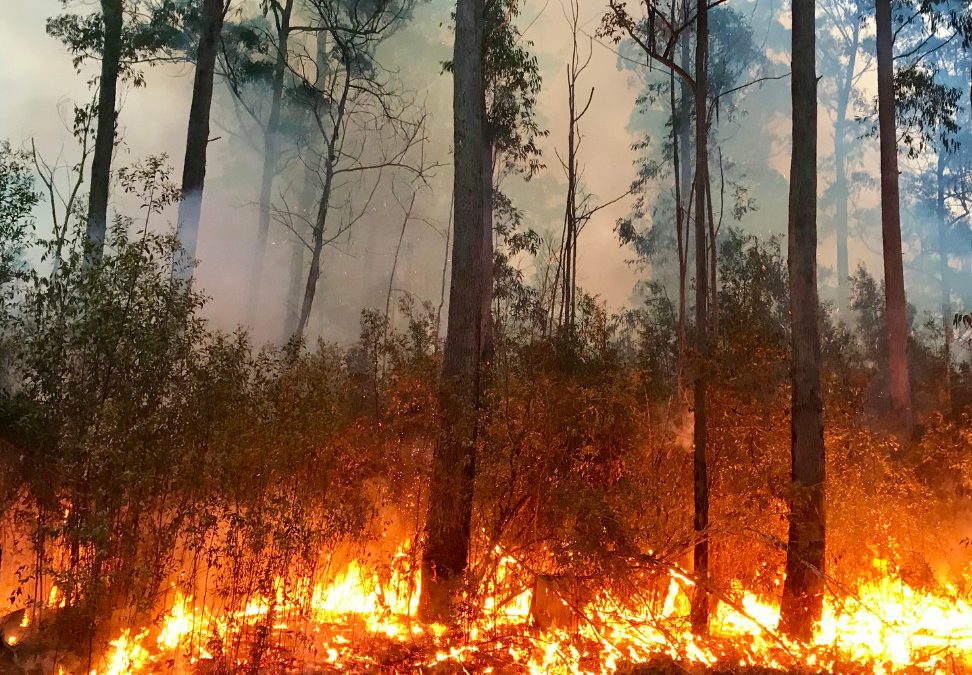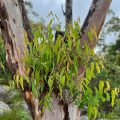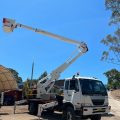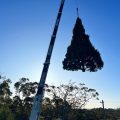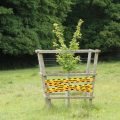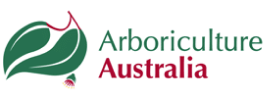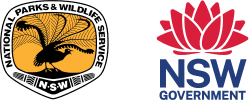We’ve seen huge rainfalls early in the year contributing to above average grass and vegetation growth. Combined with lower-than-normal rainfall in the months that followed, we now have an excess of very dry tinder – Perfect bushfire fuel. With heavy winds throughout August and September, coupled with the above average temperatures and below average rainfall, the risk of bushfire has increased significantly.
Bushfire dangers increase in late summer. Preparing now, in Spring, ensures you’re ready before fire conditions worsen and can prevent sudden, inclement weather changes catching you off guard.
Here are some recommendations from the National Emergency Management Agency website on how to prepare yourself and your property:
- Cut back branches that are growing near buildings and rake up leaves, bark, and twigs.
- Clear gutters, decks, and roof valleys.
- Move garden waste and rubbish away from your home, buildings, and fence line.
- Ensure access to hoses, watering systems, and a water supply that does not need electric pumps, such as water tanks, swimming pools, or dams.
- Make sure fire trucks and other emergency vehicles have a clear path to your property by cleaning away anything blocking the driveway and unlocking gates.
And to help plan and prepare, you can access these comprehensive lists from the RFS website:
https://www.rfs.nsw.gov.au/plan-and-prepare/bush-fire-survival-plan
Let Dixons help you prepare your property by safely clearing vegetation and ensuring your home is bushfire ready. Contact us to book an obligation-free site assessment today.

